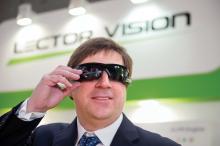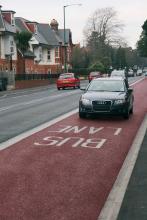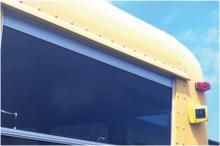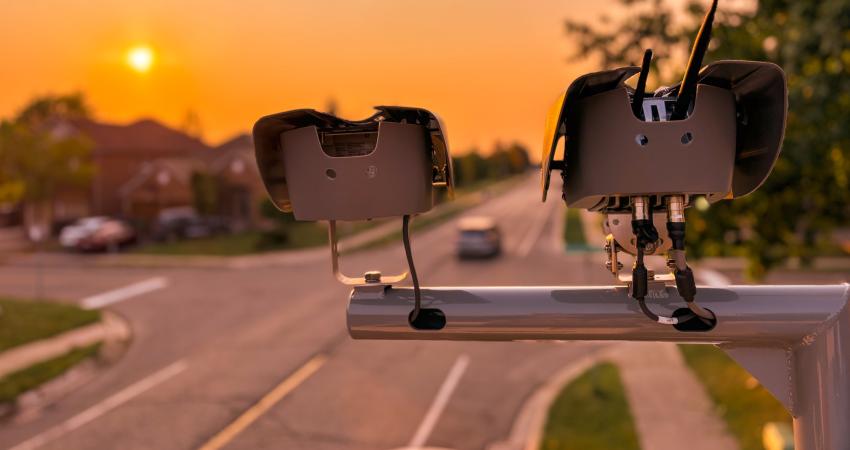Police cars in Laval, Canada have been equipped with dashboard-mounted directional traffic radar systems in a bid to reduce speeding in the municipality. The BEE III devices, supplied by MPH Industries of Kentucky, USA, through their Canadian distributor 911 Pro, have been installed in ninety vehicles, and, according to Constable Nathalie Lorrain, around 200 police officers will be trained to use the units. Lorrain said Laval police previously depended on hand-held laser units to be able to monitor speeding
Police cars in Laval, Canada have been equipped with dashboard-mounted directional traffic radar systems in a bid to reduce speeding in the municipality.
The BEE III devices, supplied by MPH Industries of Kentucky, USA, through their Canadian distributor 911 Pro, have been installed in ninety vehicles, and, according to Constable Nathalie Lorrain, around 200 police officers will be trained to use the units.
Lorrain said Laval police previously depended on hand-held laser units to be able to monitor speeding drivers, which required the officer to be stationary, whether on foot or inside a stopped patrol vehicle. The new devices can monitor speeding drivers from a moving patrol car.
MPH says the BEE III is the most compact radar available, with a small detachable display, larger multicolored windows and small antenna. The device also has the smallest antenna, and it is waterproof. Both pieces can be mounted anywhere in the patrol vehicle.
BEE III is equipped with patented Automatic Same Direction (ASD) technology, allowing the versatility of same-direction operation without a confusing faster/slower button. The system automatically calculates the speed. In stationary mode, ASD allows the user to monitor a single lane of traffic to measure while disregarding the other lane.
Increased speed-limit enforcement provides a clear payoff in lives saved, Lorrain said, adding that road deaths in Laval totalled ten in 2010 and dropped to four in 2012.
The BEE III devices, supplied by MPH Industries of Kentucky, USA, through their Canadian distributor 911 Pro, have been installed in ninety vehicles, and, according to Constable Nathalie Lorrain, around 200 police officers will be trained to use the units.
Lorrain said Laval police previously depended on hand-held laser units to be able to monitor speeding drivers, which required the officer to be stationary, whether on foot or inside a stopped patrol vehicle. The new devices can monitor speeding drivers from a moving patrol car.
MPH says the BEE III is the most compact radar available, with a small detachable display, larger multicolored windows and small antenna. The device also has the smallest antenna, and it is waterproof. Both pieces can be mounted anywhere in the patrol vehicle.
BEE III is equipped with patented Automatic Same Direction (ASD) technology, allowing the versatility of same-direction operation without a confusing faster/slower button. The system automatically calculates the speed. In stationary mode, ASD allows the user to monitor a single lane of traffic to measure while disregarding the other lane.
Increased speed-limit enforcement provides a clear payoff in lives saved, Lorrain said, adding that road deaths in Laval totalled ten in 2010 and dropped to four in 2012.












